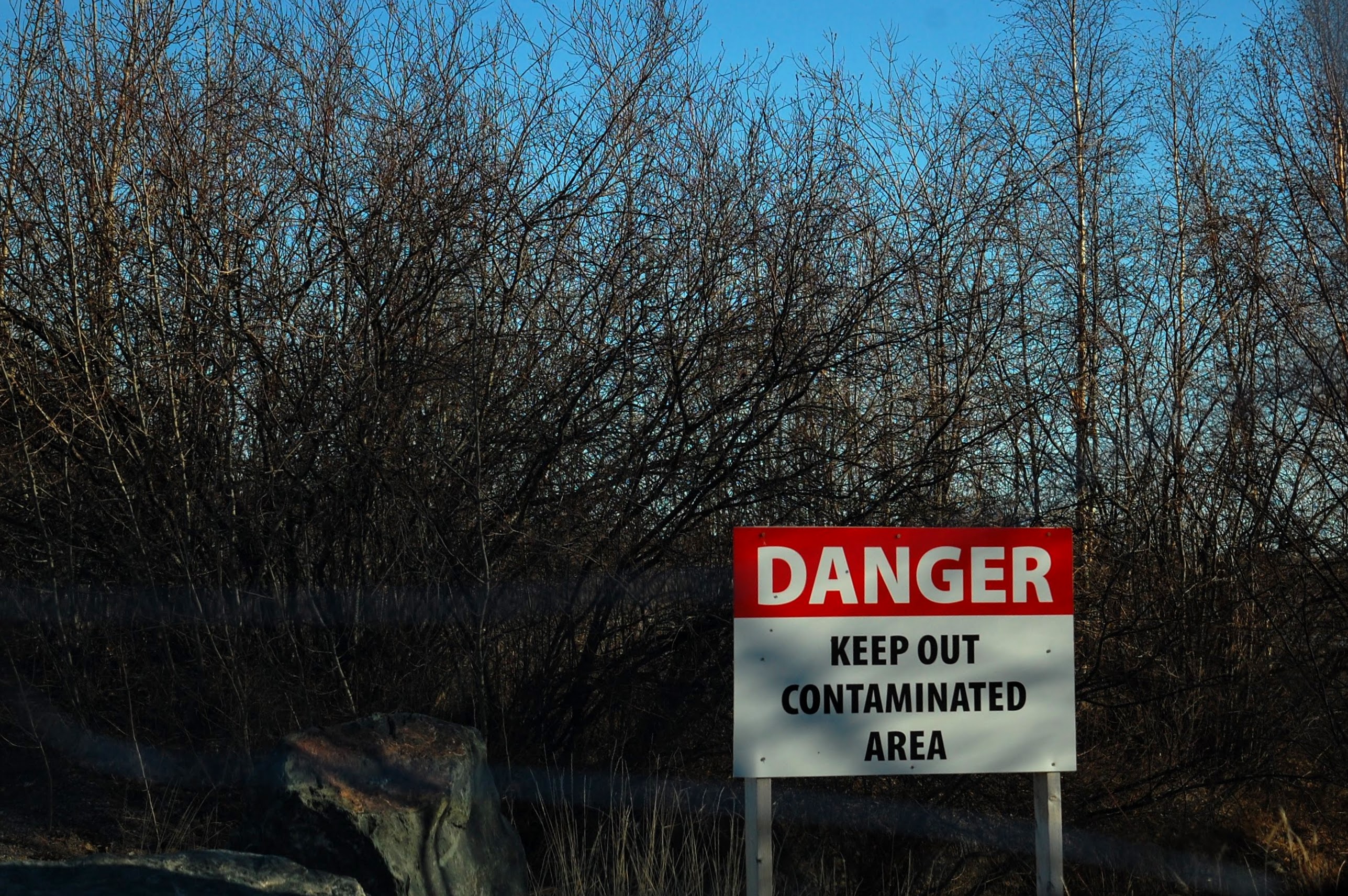The Health Effects Monitoring Program is finishing up the sampling phase this month, with results being mailed to participants in the next two weeks.
The program is continuing to conduct interviews and collect samples of urine, toenails and saliva to measure levels of arsenic exposure in residents of Yellowknife, Ndilo and Dettah.
“We are geared to finish up at the end of this month, and this will conclude baseline data collection,” said project manager Renata Rosol at the University of Ottawa.
Sampling of toenail clippings and urine from 2000 participants, from age 3 and above from Ndilo, Dettah and Yellowknife started in September 2017, and continued in April 2018.
“So the main aim of last year and this year, we’re calling them wave one and wave two, is to get a sufficient number of participants over those two time periods, fall and spring, to get sufficient data to put together baseline data for Yellowknife, Ndilo and Dettah,” said Rosol.
With remediation activities set to begin at Giant Mine in the next couple of years, the program will continue to monitor the population as the clean-up takes place to make sure that nothing is getting into the environment.
“People will know… what the exposure is like from step to the next,” said Rosol.
Rosol said the response to the program has been positive overall.
“In the majority of the cases most people agree to participate and they are very interested in finding out what they are getting exposed to, and their family members as well,” said Rosol.
In addition to the arsenic, people are also being tested for cadmium and lead and other metals.
“The cadmimum and lead we’re also looking at because they were also identified as metals that have been found in the environment as a result of the Giant Mine activities, in addition to natural levels of those metals already found in the environment. The Giant Mine has also added additional amounts of those metals,” Rosol said.
The program is also looking at other metals which have no Canadian or international guideline established about safe levels, such as manganese as vanadium.
These metals have also been found in the environment as a result of Giant Mine operations in the past.
“But we cannot report on those metals because there is no record to compare. We don’t know what the lowest number is that is safe,” said Rosol.
The program is collecting all this data and has asked participants if they can keep their samples frozen for the coming years for when information about safe levels of those metals is known.
“There’s always new research and new science coming out and so we can check what the levels were at this time when we actually have those reference numbers one day,” said Rosol.
Personal test results will be mailed to the 2017 participants in the next two weeks, but will be based on the urine samples, because toenails take a lot longer to process in the laboratory.
The 2018 participants from the spring session of testing will get their results later this fall.
“They have to get the results first before we can talk about it at the population level,” said Rosol.
Those findings will be made public later this year and the program will be working with Public Health in Yellowknife.
Follow-up studies are planned for 2022/2023 for children 3 to 17 years of age, and for all participants, including adults, for 2027/2028.
The Health Effects Monitoring Program is funded through Indigenous and Northern Affairs Canada.




